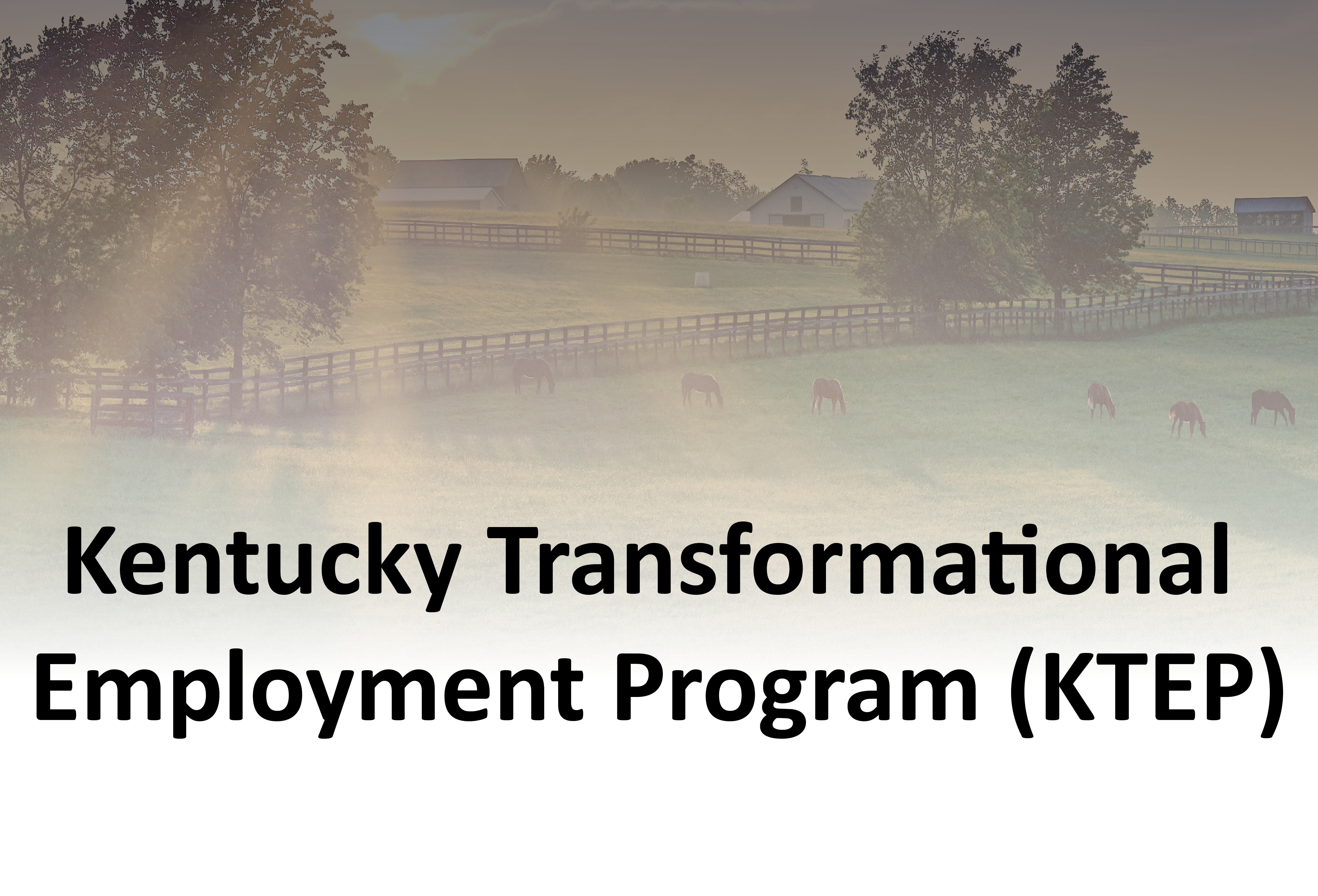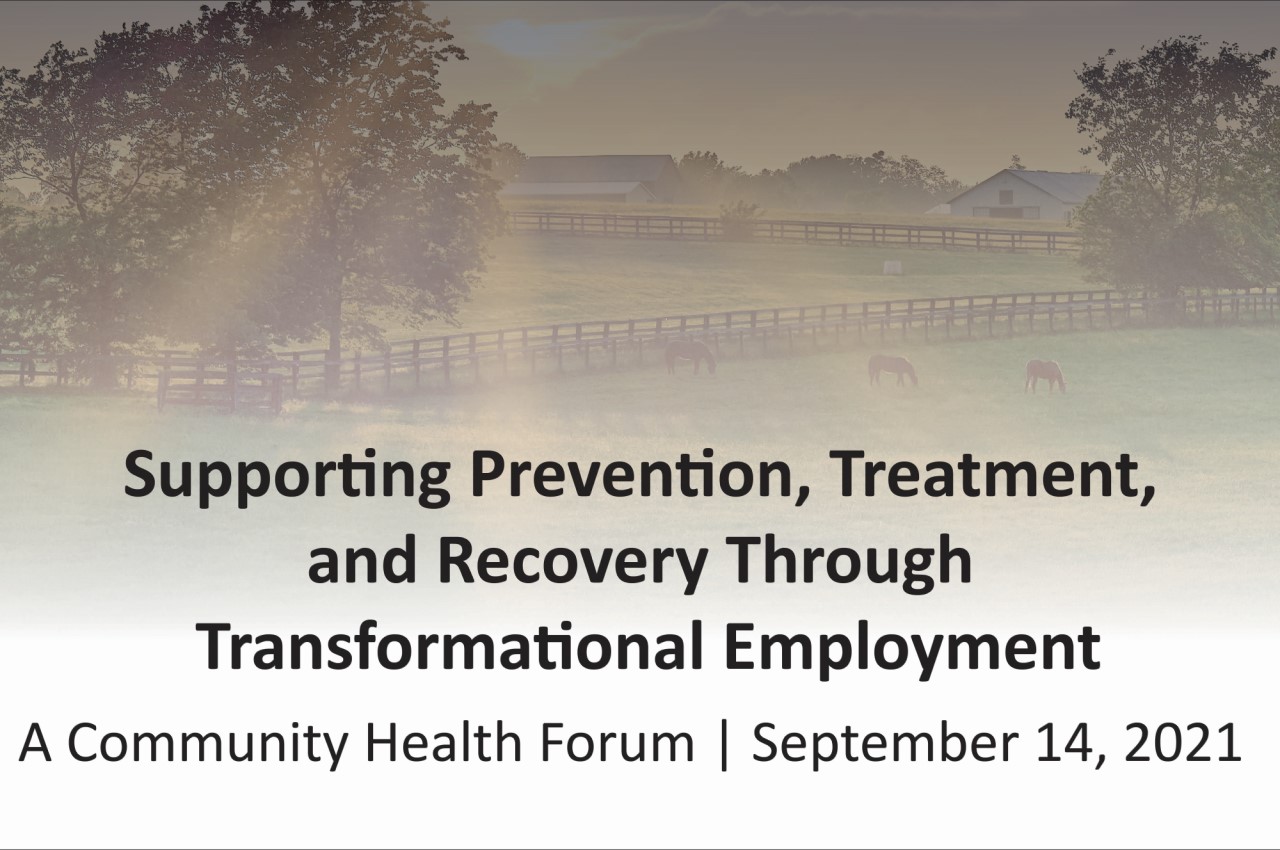(Note: This guest blog post was written by Larry Benz, PT, DPT, OCS, MBA, MAPP, President and CEO of Confluent Health. Benz will speak at the KHC Pain Symposium, Moving Upstream of the Opioid Epidemic, on April 22.)

At the KHC Pain Symposium next week, I’ll be presenting to employers who are working to understand their role in addressing the opioid epidemic that’s taking place in our communities and workplaces. I’m a physical therapist who’s also the CEO of a 3,000-member workforce. When I’m working with peer CEOs who are looking for solutions to decrease healthcare expenditures, I find myself having to explain how pain works in order to address how we need to change our healthcare system that is treating pain with opioids. The fact of the matter is that significant dollars in healthcare utilization can be saved with targeted changes in the treatment pathway of pain and musculoskeletal disorders.
My goal today is to provide you with an introduction to pain, to prepare for the KHC Pain Symposium.
A critical component of the patient-therapist interaction is the connection or relationship that is established. Physical therapists focus on making their interactions with patients a high-quality connection. High quality connections are necessary to create a trustworthy relationship. As many of you know, trust is something a patient must have to believe their physical therapist is there to help them – along with giving them the confidence to get moving again.
These connections also correlate with our understanding of pain neuroscience. Pain is very complex, and its intricacy makes it hard for patients to explain how they are feeling. Physical therapists are there to help calm a patient and give them a better understanding of their pain. When a patient is calm and has a clear understanding of their pain, they have less fear and can fully participate in a treatment plan to get them moving again.
Adriaan Louw, PT, PhD, CSMT, is a colleague and leading researcher on pain neuroscience. Here’s a video of Dr. Louw – discussing pain and how to manage it. This 19-minute video is worth your time! A lot has changed in pain neuroscience. We understand so much more than we did even 5-10 years ago.
In summary, I thought it would be helpful to provide a top 10.
Current best-evidence for treating persistent pain:
- Identify patients with “red flags”
- Educate the patient about the nature of the problem
- Provide prognostication
- Promote self-care
- Get patients active and moving as early as possible and appropriately after injury
- Decrease unnecessary fear related to movement, leisure and work activities
- Help the patient experience success
- Perform a skilled physical examination, and communicate results to the patient
- Make any treatment strategy as closely linked to evidence of the biological nature of the problem rather than syndrome or geography
- Minimize the number of treatments and contacts with medical personnel
I look forward to meeting you on April 22.






